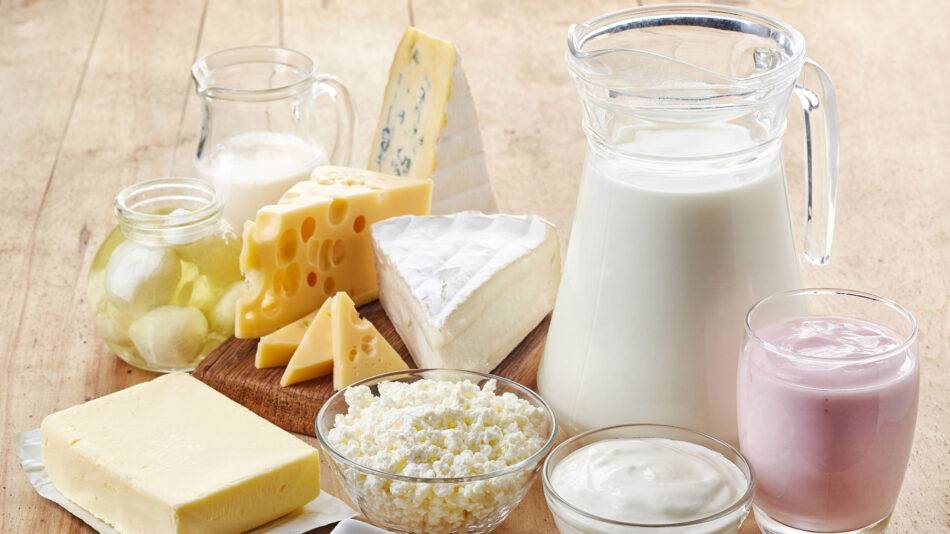
India's dairy exports may grow significantly in the next decade. According to a recent research report by an independent consulting player, Wazir Advisors, India is uniquely positioned to capitalize on emerging opportunities in dairy products in international markets.
Report Insights:
As per the report, large international markets such as the United States, Canada, and New Zealand are experiencing stagnation in dairy production, while consumption is expected to rise, implying an increased export opportunity. In addition, Japan, the Russian Federation, Mexico, West Asia, and North Africa will remain significant net importers.
According to OECD-FAO Agricultural Outlook for 2021-30, India and Pakistan will account for more than 30% of global production in 2030.
India is in Unique Position
India, the world's largest milk producer, produced an all-time high of 198.4 million tonnes of milk in 2019-20, with per capita milk availability rising to 407 grams per day. "Overall, India is in a unique position for the next ten years, with both production and market growth expected." This bodes well for all value chain participants, especially since value-added products will drive significant growth," according to the report.
Over the next decade, global per capita consumption of fresh dairy products is expected to rise by 1% per year. Currently, the EU is the largest market for processed dairy products, followed by the United States. According to the report, this trend is likely to continue over the next decade.
In its 2021 report, Rabobank estimated a 15% annual growth rate for value-added products, which include cheese, fermented milk, butter, cream, condensed milk, and whey, among others.
According to the Wazir Advisors’ report, ice cream has the highest value share in the value-added segment, followed by yogurt, baby food, and cheese. Whey products, ice cream, and UHT milk have high margins of 20% or more, while cheese and yogurt have margins of at least 15%, followed by flavoured milk and buttermilk with margins of at least 12%. According to the report, the price margin for liquid milk is about 3-5%, based on Crisil data.
Domestic consumption of fresh and processed dairy products would predominate in India, limiting opportunities for international trade. But it noted that the rate of increase in India’s share in international trade will depend upon how quickly India is able to address challenges related to productivity and efficiency.
In India's post-pandemic market, the consumption pattern for dairy products has shifted toward higher household and retail segment consumption. Packaged dairy products are increasingly popular; sales via e-commerce and digital apps are increasing, and household sales have increased at the expense of institutional sales.
"While dairy cooperatives dominated the organized dairy market in the past, the private sector has gained prominence in recent years." "Today, the private sector handles more milk than the cooperative sector," the report noted, pointing to the growing organized private sector interests in the traditionally unorganized or cooperative-dominated dairy space.
















